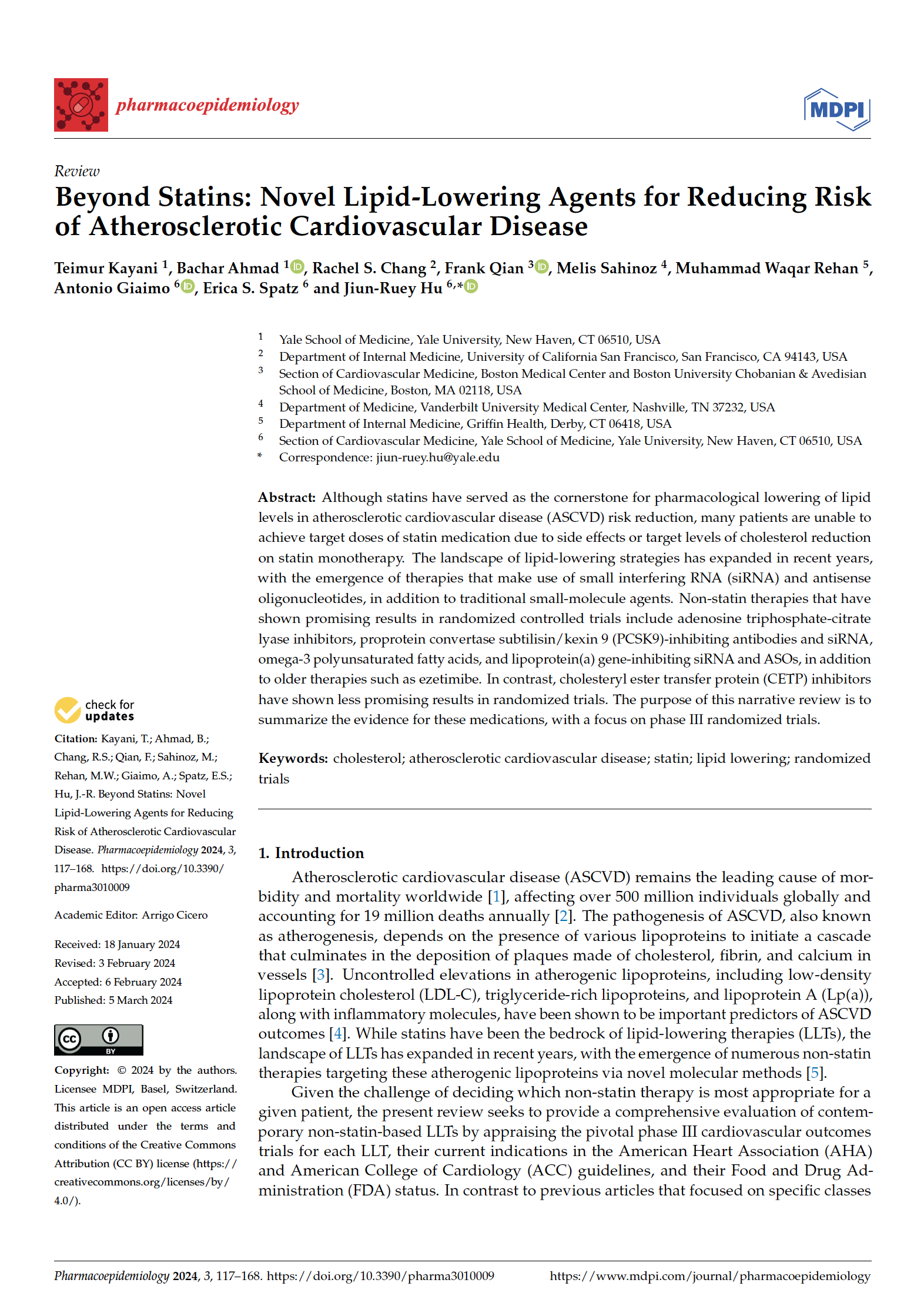📝 Abstract
Chronic kidney disease (CKD) prevalence continues to remain high globally, up to 13.4% by one estimate. Although the number, geographic distribution, size, and quality of the studies examining CKD prevalence and incidence have increased over the past decade, the global capacity for CKD surveillance is still far less developed than that for hypertension, diabetes, and cardiovascular disease. Estimating CKD prevalence is constrained by inadequate standardization of serum creatinine and urine albumin assays, heterogeneity in study designs, lack of national registries in many countries, incomplete adoption of disease classification guidelines, and inconsistent use of evidence-based equations for estimating glomerular filtration rate. Goal 1: Improve monitoring of CKD prevalence. To achieve this, disseminate the rationale for CKD prevalence monitoring, achieve uniform measurement of CKD markers, promote inclusion of CKD measurements in all large chronic disease cohorts and health surveys, harness administrative claims data for CKD surveillance, and incorporate the new CKD classification system in the International Classification of Diseases. Goal 2: Improve CKD monitoring of populations underrepresented in studies to date. To achieve this, establish registries of chronic dialysis and transplantation in all countries; establish registries for special CKD groups, such as children, patients with rare diseases, and patients with special etiologies of CKD. Goal 3: Improve identification of individuals with CKD. To achieve this, implement the Kidney Disease: Improving Global Outcomes guidelines for screening and testing, carry out randomized studies on screening strategies, ensure that estimated glomerular filtration rate is reported with all reports of serum creatinine, and leverage new software for identification and follow-up of CKD cases.


